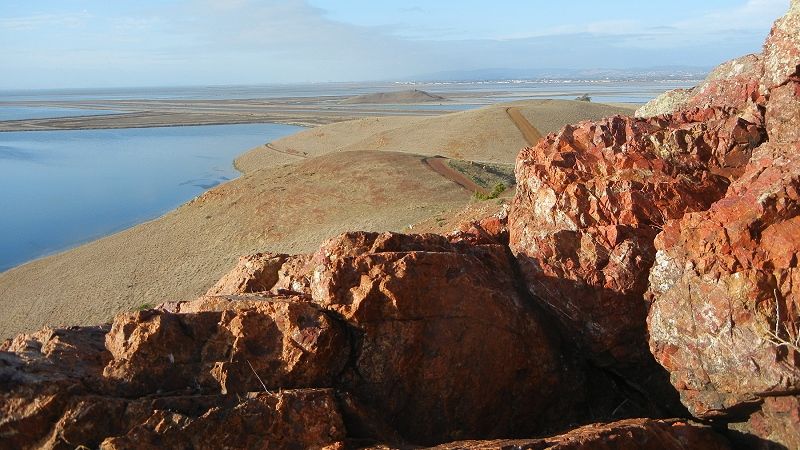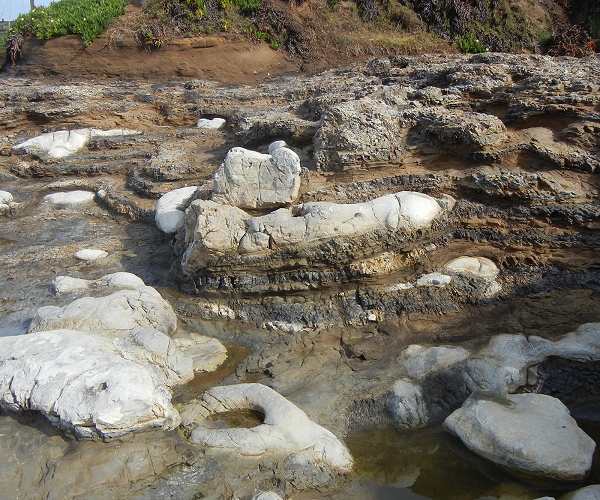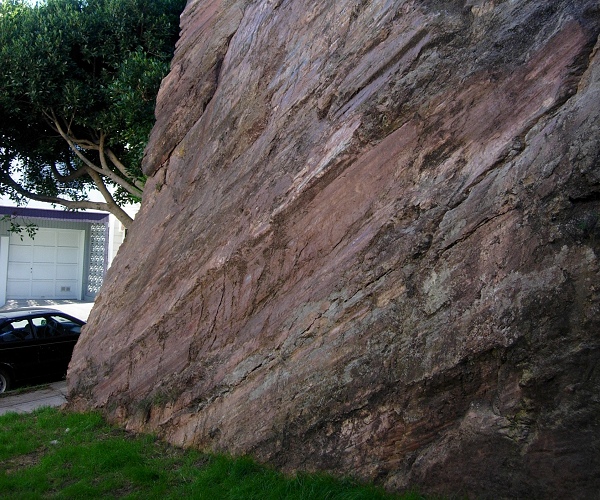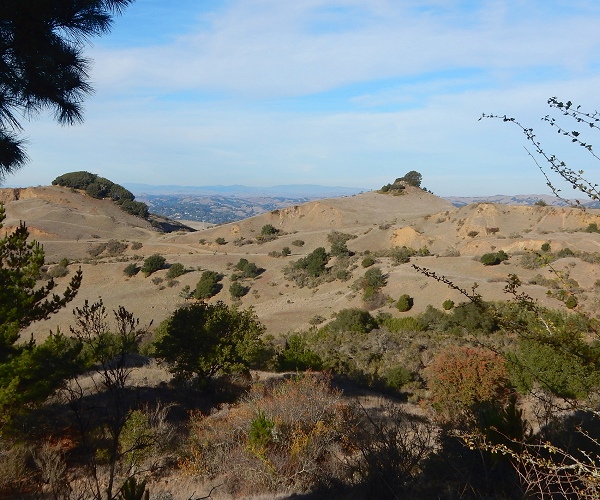Your New Year’s resolution was to get outdoors more often. You know why: the experience is good not just for the muscles, but for the brain as well — both the senses and the intellect.
Don’t go to a gym and trudge on a machine. Why count so many steps? Instead, pick a park or local fire road and take your cue from what geologists do: pay attention, follow hunches, let yourself wonder, notice everything, and cover a lot of ground. Even walking on the street beats the treadmill trance.
Everyone knows the destination sites — like Muir Woods — are so crowded no one wants to go there any more. Instead, may I suggest some outings where you can discover the Bay Area’s geological wealth. They’re not too remote, yet not too tame either.
Cool Rocks
Perhaps you think of rocks as an acquired taste. But considering the glee with which young kids interact with rocks and how the schools ignore geology, I have to say that for most adults, rocks are probably a re-acquired taste. Most of the following destinations feature the distinctive stones of our textbook Franciscan Complex.
- Baker Beach, San Francisco
- Alum Rock Park, San Jose
- Knowland Park, Oakland
- Marin Headlands
- Coyote Hills, Fremont
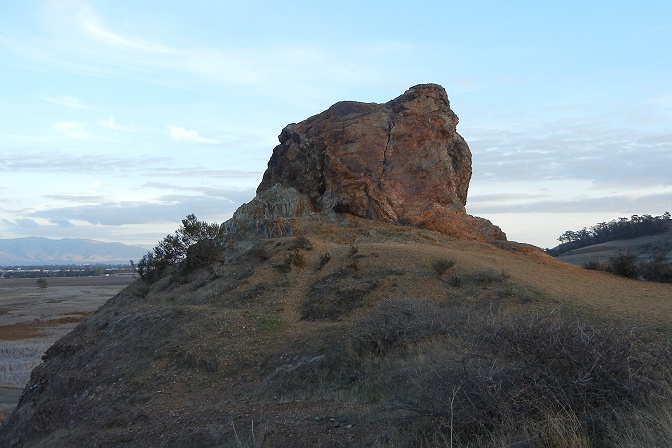
Fossils
